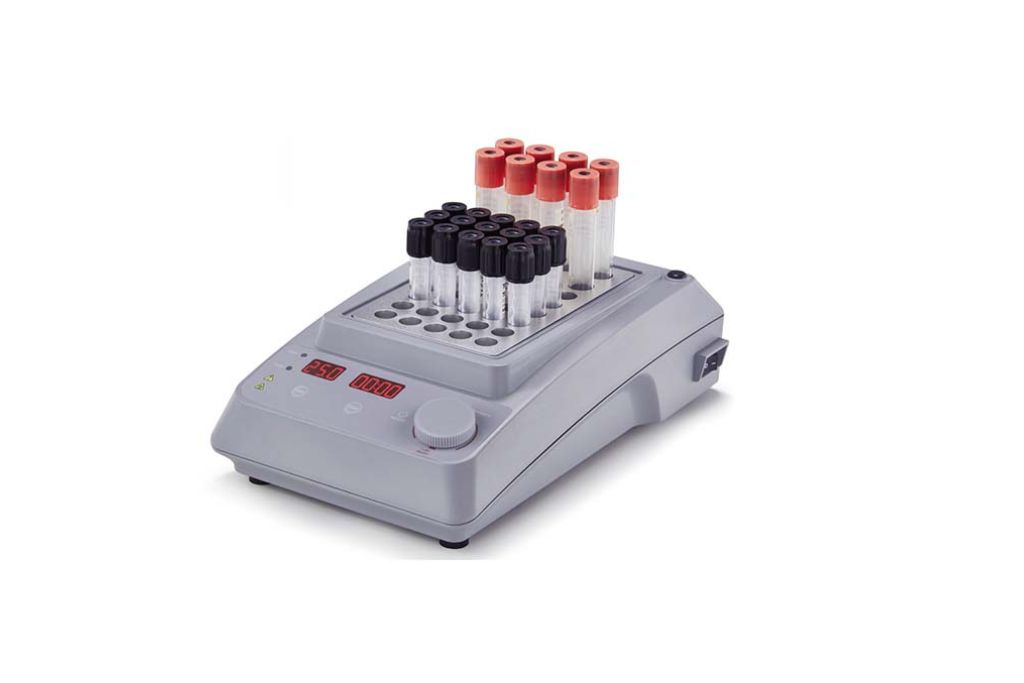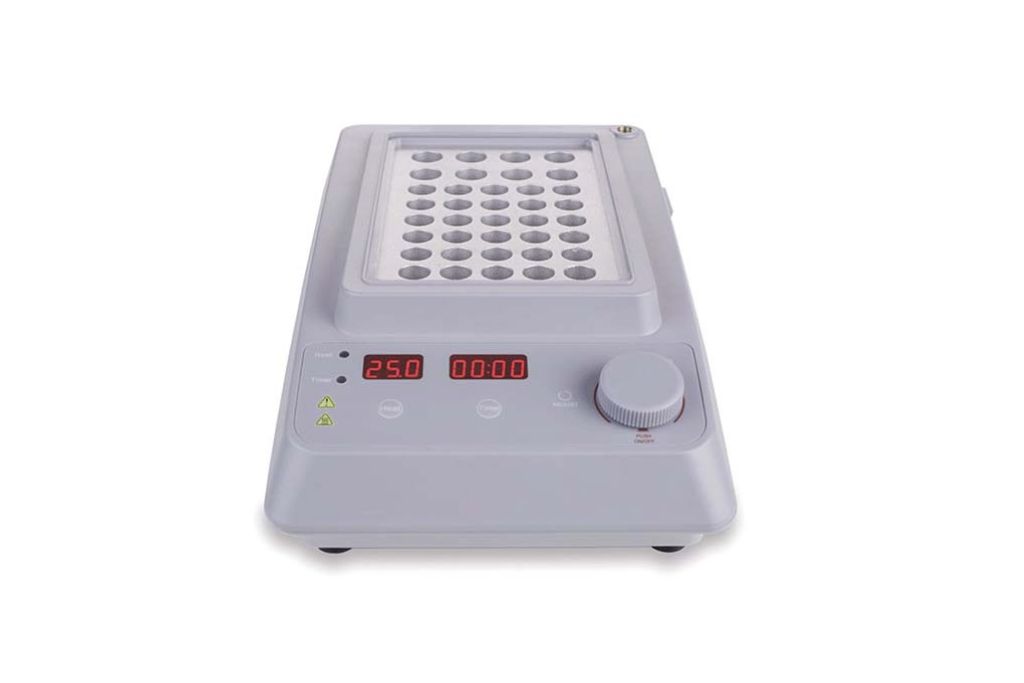Dry incubators play a vital role in the hatching process for various types of eggs, particularly in poultry farming. This method allows you to hatch eggs without adding any water during the initial incubation days, relying instead on the eggs’ natural moisture content.
This approach can lead to higher hatch rates and healthier chicks when done correctly.
Understanding how dry incubators function will help you appreciate their advantages over traditional wet incubation methods. You will discover key components that contribute to their effectiveness and how they can be tailored to suit specific needs.
This knowledge can enhance your egg-hatching success, whether you are a hobbyist or managing a larger poultry operation.
Key Takeaways
- Dry incubators enhance hatch rates by using the eggs’ natural moisture.
- Understanding their functionality is crucial for successful egg hatching.
- They offer benefits that can improve overall incubation results.
Fundamentals of Dry Incubation
Dry incubation is a technique that allows for effective egg hatching without adding water for the first 18 days. This method relies on carefully managing humidity levels to enhance hatch rates and overall success.

Definition and Function
A dry incubator functions by maintaining a low-humidity environment, typically below 40%. During the initial incubation phase, eggs lose moisture through evaporation, mimicking natural conditions. This gradual moisture loss is essential for developing embryos, as it prepares them for hatching.
The functions of a dry incubator include regulating temperature and humidity to create optimal conditions. As you approach the lockdown phase, you will increase humidity to about 65-70%. This transition is crucial for helping chicks properly hatch by ensuring sufficient moisture is present in the incubator during these final days.
Comparison to Humidified Incubation
When comparing dry incubation to humidified incubation, there are key differences in how each method impacts egg development. In humidified incubation, water is continuously added to maintain humidity levels between 40-50% from the start.
This method can sometimes lead to improper moisture levels, resulting in lower hatch rates. In contrast, dry incubators allow eggs to lose moisture more naturally, which can lead to stronger chicks overall.
Benefits of dry incubators include increased hatch success and healthier chicks. Many users find that dry incubation reduces the risk of common incubation problems, such as embryo drowning or malpositioning, making it a preferred choice for many.
Key Components and Design
A dry incubator is designed to maintain a stable environment, crucial for various applications. Key components ensure proper thermal regulation, insulation, and effective control systems, allowing for consistent results in your experiments.
Thermal Regulation
Thermal regulation is essential in a dry incubator. You need a reliable heating mechanism to maintain a consistent temperature. Most models use heaters that surround the chamber to evenly distribute heat.
Thermostats monitor the temperature, turning heaters on and off as needed. Some advanced units feature a digital display for precise temperature settings, which enhances accuracy. This functionality is critical for experiments that require strict temperature control. Failure to maintain the right heat can lead to inaccurate results or failed experiments.
Insulation and Ventilation
Insulation plays a vital role in minimizing energy loss and maintaining stable conditions. High-quality insulation materials, such as polyurethane, are often used to ensure minimal heat exchange with the environment. This helps your incubator maintain temperatures for extended periods.
Ventilation must be balanced to prevent overheating. Many designs incorporate air circulation fans that distribute heated air evenly. Proper airflow within the chamber helps prevent hot or cold spots, making it easier to achieve the ideal conditions for your samples.
Control Systems
Control systems are the brain of the dry incubator. They manage temperature settings and monitor conditions inside the chamber. Simple models may only include basic dials, while advanced systems have programmable interfaces.
Digital control systems typically feature touchscreen displays and programmable timers. This allows you to set specific incubation periods and temperatures tailored to your needs. Some units even come with alarms that notify you of any deviations, ensuring that your dry incubator is functioning correctly.
These control systems not only enhance usability but also improve the reliability of your experiments, making them essential for your work.
Applications of Dry Incubators
Dry incubators play a crucial role in various fields by providing consistent temperature control. They are commonly used in laboratory research, medical settings, and industrial applications. Understanding these uses can help you choose the right incubator for your needs.
Laboratory Research
In laboratory settings, dry incubators support a range of experiments. They are ideal for heating samples in processes like DNA amplification and enzyme reactions. The precise temperature control ensures reliable results.
You can also use them for activities such as sample thawing and cultivating microorganisms. Dry incubators offer a controlled environment without the need for water, making them convenient for many research labs.
Their design often features uniform heating, which is key for experimental accuracy. This functionality enables researchers to replicate conditions across multiple tests, ensuring consistent findings.

Medical and Healthcare
In medical and healthcare fields, dry incubators are essential for various applications. They provide the proper environment for microbiology experiments, including culturing bacteria and fungi.
These incubators also play a role in tissue culture, which is important for regenerative medicine. Keeping cultures at a stable temperature promotes cell growth and stability.
Additionally, dry incubators are used for sterilizing instruments. Their reliability helps ensure that the instruments maintain a high level of hygiene, which is vital for patient safety.
Industrial Usage
In industrial settings, dry incubators have several important applications. They are often used in quality control processes, particularly for testing materials.
For example, you can use them to cure adhesives or coatings at specific temperatures. This ensures that products meet quality standards before reaching consumers.
Dry incubators are valued for their energy efficiency and ability to maintain consistent temperatures. This efficiency makes them a cost-effective option for industries requiring precise conditions.
Their versatility makes them suitable for various manufacturing processes, enabling faster production times without compromising quality.
Frequently Asked Questions
This section addresses key questions regarding dry incubation methods. You will find specific information about temperature, humidity, and the functionality of dry incubators, along with their benefits compared to traditional methods.
What is the recommended temperature for dry incubation of chicken eggs?
The ideal temperature for dry incubation of chicken eggs is typically set between 99.5°F and 100°F. Maintaining this temperature range is crucial for embryo development and can affect your hatch rates.
How does humidity affect the process of dry incubating chicken eggs?
In dry incubation, humidity plays a crucial role. Keeping the humidity low initially helps prevent excess moisture, which can lead to issues like egg shrinkage. Increasing humidity during the lockdown phase is essential for successful hatching.
Can dry incubation methods improve hatch rates for shipped eggs?
Yes, dry incubation methods can help improve hatch rates for shipped eggs. These eggs often experience stress due to transportation. Using a dry incubator can minimize the risk of excess moisture, which is beneficial for the embryos during incubation.
What are the comparative benefits of dry incubation versus traditional methods?
Dry incubation requires less water and lowers humidity control needs compared to traditional methods. This can lead to better results in specific circumstances, particularly where humidity management is challenging. Reduced humidity can also decrease risks associated with mold growth or disease.
How do dry incubators differ from CO2 incubators in function?
Dry incubators focus primarily on temperature and humidity control without relying on CO2 levels. In contrast, CO2 incubators monitor and adjust gas concentrations to maintain ideal conditions for various types of eggs. This makes dry incubators more suitable for certain poultry applications.
What considerations should be taken into account when dry hatching for optimal results?
When dry hatching, you should monitor temperature and humidity closely. Avoid opening the incubator frequently, as this can disrupt conditions. Additionally, be aware of the specific needs of the egg type you are incubating to ensure optimal results.